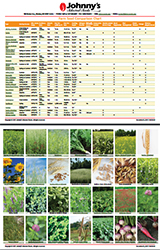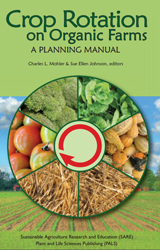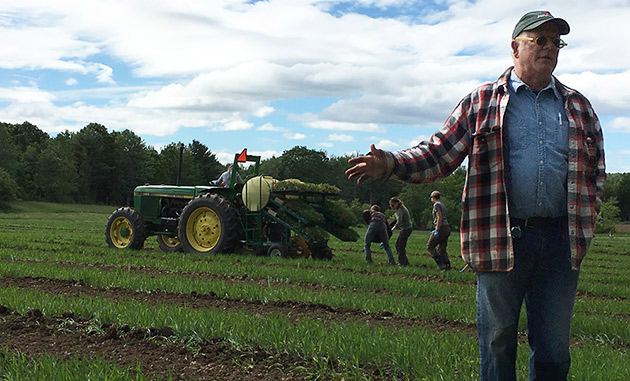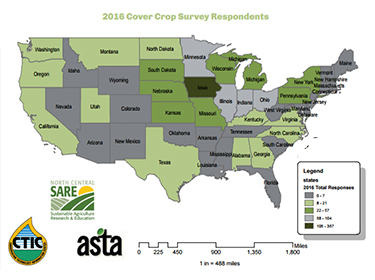The COVER CROP Decision-Making Process
5 Steps for Deciding What to Plant When & Where
Adapted courtesy of Jason Lilley, Sustainable Ag Professional, U Maine Cooperative Extension
Late summer and fall are a good time to plant crops that provide winter cover, protecting and improving the soil for the following season. It's also the perfect time of year to implement a year-round cover crop plan, to enhance the sustainability of your operation on a broader, long-term scale.
Whether you're new to cover cropping or ready to take it to a whole new level, you'll be looking to answer similar questions:
From tapping in to the wisdom of your local growing community to perusing the plethora of online manuals, charts, graphs, and calculators, there are many excellent resources to turn to. To help you select the cover crops that are best for your unique farming needs, we've drawn on the expertise of Jason Lilley, our local Cooperative Extension Sustainable Agriculture Professional, to outline an approach that breaks the complexities of this whole process into 5 basic steps.
Step 1. What are your goals?
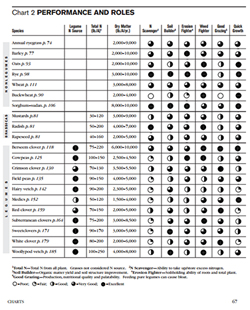
Decide what you are hoping to achieve from planting a cover crop. Three helpful resources to start with include the following:
- Northeast Cover Crop Handbook is the best cover crop reference we've used for cover-cropping in the Northeast.
- Managing Cover Crops Profitably, a Sustainable Agriculture Research & Education (SARE) publication, is another excellent resource, available online as a downloadable PDF as well as for purchase in hard copy.
- For a quick rundown of primary applications and benefits, see our Top 10 Uses for Cover Crops & Farm Seed.
Most cover crops can serve more than one purpose — use the comparison charts and tools in the resources listed here to help you prioritize your goals.
Step 2. What's your timing?
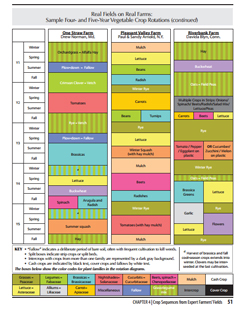
What is the window of opportunity for you to plant, and for how long will the planting remain in place?
Consider the following:
- What are the crops that have preceded the cover crop planting, and which ones will follow?
- How will the residue from the previous crop or the cover crop affect tillage?
- How will the weather at that time of year impact your efforts?
Refer to Crop Rotation on Organic Farms to design your rotation plan, incorporating cover crops into a longer-term rotation strategy.
Step 3. What are your equipment needs?
What's available to you for planting and termination tools and equipment will have a bearing on which cover crops you can use. Conversely, equipment recommendations will depend on the cropping system you've elected.
Basic equipment includes the following.

Cultivating baskets & Lely tines. Shown above being used to cover the broadcasted oats.
Cultipacker. Shown above cultipacking broadcasted clover and oats. An essential farm implement for establishing small-seeded cover crops, a cultipacker can prove especially beneficial in places where soil moisture is very difficult to conserve, and in dry years such as we've had recently in the Northeast and many other locales.

Yeoman's plow. Used to prepare 1'-wide planting strips through crop residue in a strip-tillage system. This piece of equipment has a cutting disk for cutting through the crop residue, followed by the yeoman's shank that actually lifts the soil, followed by a beater basket that breaks up clumps. Planting is usually done in a separate pass. Soil can be prepared about 8" deep.
Field prepared for planting. Hairy vetch that was terminated with a roller-crimper seen in the foreground; rye terminated with a roller-crimper behind that; and vetch terminated by mowing. The rolled vetch took a little over a week to fully die.
Step 4. Where do you live?
In order to determine which cover crop species or mixes of species are going to work best for you, you must factor your location in to all of the above goals and challenges.
Many regionally-specific resources are available. The following resources can be broadly applied for guidance:
- The Midwest Cover Crop Council's Vegetable & Row Crops Cover-Crop Decision Tool assists with comparing multiple criteria for species selection.
- The SARE Handbook, Managing Cover Crops Profitably comes in handy here as well, offering a wealth of information that can help you determine which cover crops are best suited to your region and operation.
- Talk to other growers in your region to learn what works for them — they may be able to share their experience, down to the level of specific cultivars, local microclimatic factors, weed and pest pressures.
- Of relevance to anyone practicing or interested in cover cropping, the Cover Crop Survey Analysis, conducted by USDA–NIFA and SARE (Sustainable Agriculture Research & Education), offers both broad perspective and detailed insight into how growers are using cover crops all across the U.S.
Step 5. Plant & Keep Records
Once you have taken all of the above into consideration, chosen your cover crop species, and entered your choices into your multiyear rotation plan from Step 2 above, you're ready to put the plan in place.
- Be sure to record seeding rates, seed sources, weather, field conditions, and general observations.
- Use the Oregon State University Cover Crop Calculator for determining biomass and nitrogen credits from cover crops.
- Now watch the benefits accrue!
